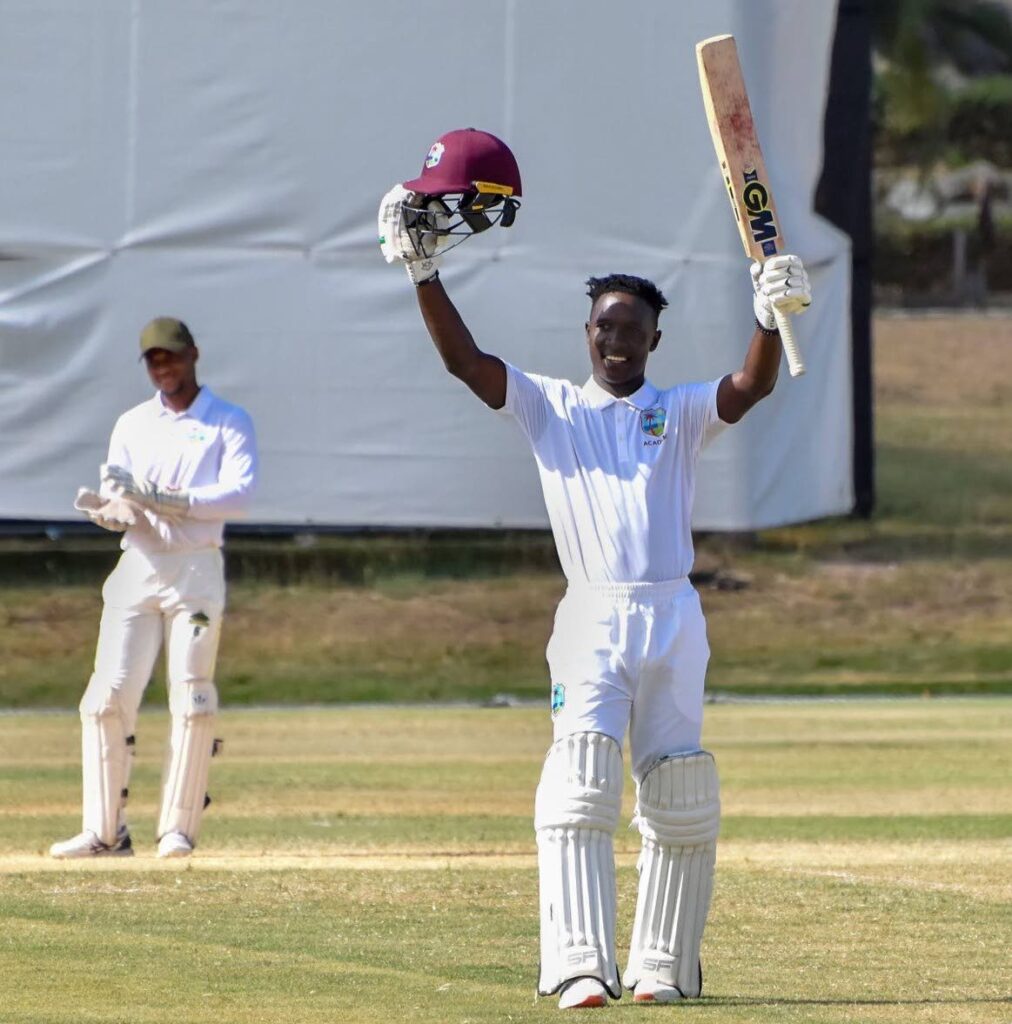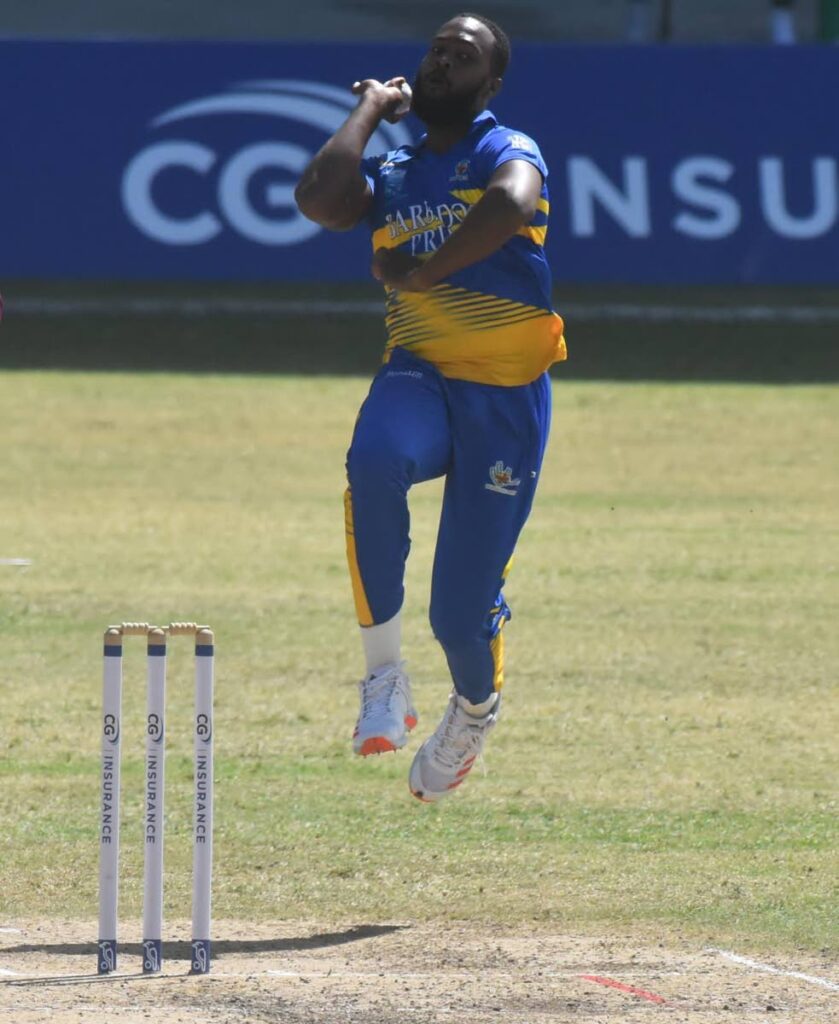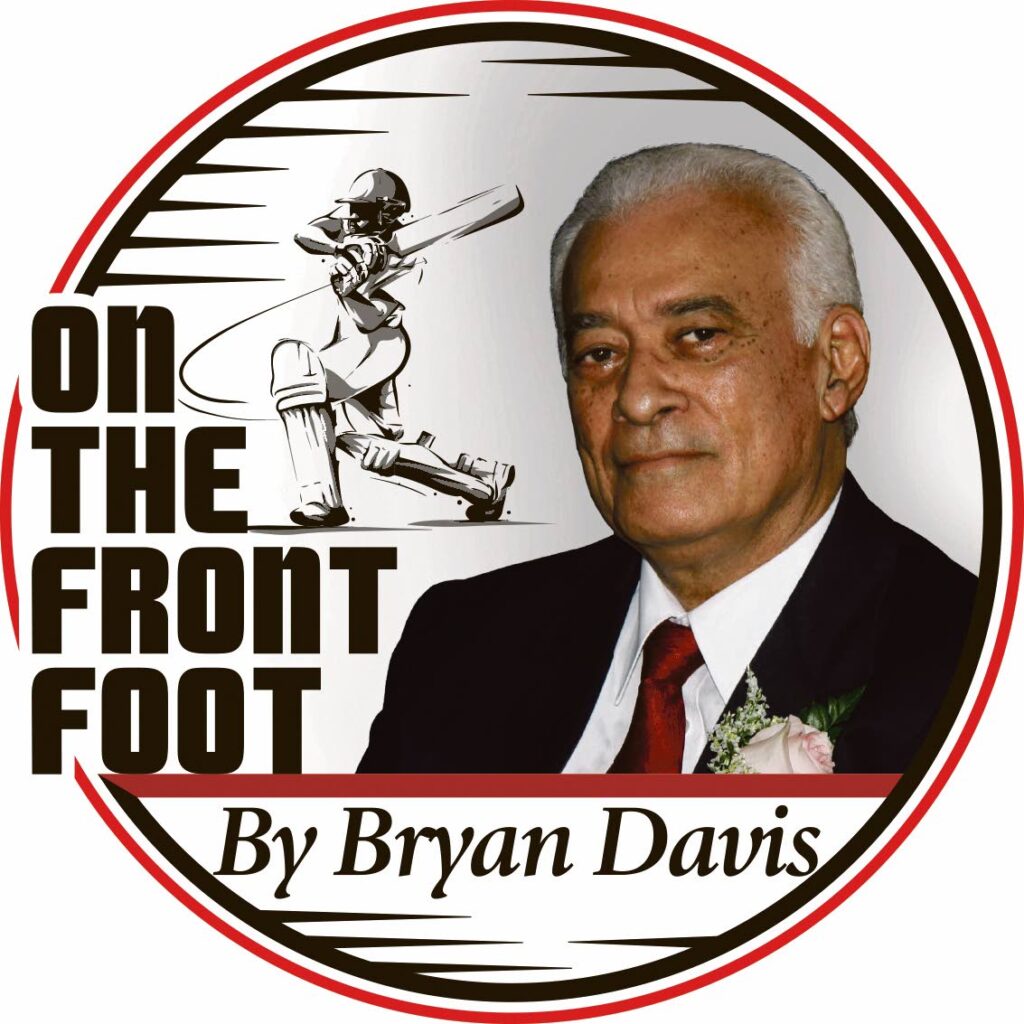West Indies's first cricket trial

If one had stumbled into the Coolidge Cricket Ground, which is near the airport in Antigua, any time between Wednesday and Friday last week and was not aware of the reason for the cricket match that was in progress, one could have been forgiven for believing it was a game between two club teams.
Only it wasn’t! This game was between Test-match "probables" and the young emerging cricketers from the West Indies Cricket Academy.
The quality of the cricket was low. The WI cricket selectors must have been hugely disappointed at the performances, especially the team they called Team Headley (TH).
What was discouraging to observe was the attitude of some of the players on show for TH. This game was in preparation for a Test series, but some of the participants gave the impression that they couldn't care less.

They are, in effect, trial matches for a cricketer to prove that he deserves to be in the top drawer. Trial matches are an excellent way for players to reveal their strength of character. It is tough, for the main reason that one is not representing any entity, except oneself.
However, this in itself, is what makes it difficult. Then again, playing for oneself in the game of cricket is also contributing as part of a team.
For instance, a batsman cannot bat alone, but has to bat in pairs, for running between the wickets and to be able to plan against different types of bowlers; that makes for a team effort. A bowler needs to have competent fieldsmen, including a wicketkeeper, to take the catches and prevent runs off his bowling; to run out opposing batsmen; to stump batsmen who venture out of their crease in order to gain an advantage on the bowler. All these are instances of a team game.
As an individual, one has to perform. Plus, the selectors are looking to the player, and him alone, to check the mentality he possesses. He can’t exist in a vacuum.
Hence it is exciting to know that the prize at the end of one’s achievement is to play representative cricket for one’s country.

What was noticeable last week in the TH vs Academy game was the lack of enthusiasm that spawned a shortage of energy, with some senior players strolling around the field, showing no purpose in their fielding. At least four players on the TH side did not seem interested in cricket at all. It was almost as if they believed that the academy could not provide them with any competition and their lack of interest was obvious.
Cricketers with that disposition have no right on a cricket field, especially to impress at the highest level.
A couple of players were chatting with the umpires constantly and interfering with the batsmen.
Outstanding on the first day was the TH captain, Joshua Da Silva. He entered the contest with his team’s score at 43 for four wickets. With the discipline of the Test player he is, he slowly ensured he wouldn’t be dismissed early. After settling in, having grown accustomed to the pitch, he gradually played some very pleasing strokes on both sides of the wicket, expressing to other batsmen on his team how one addresses an inning when the team is in trouble. His 136 not out was a brilliant knock, accompanied by the skilful 54 of Akeem Jordan, who batted to suit the occasion. Those were standouts.
TH was supposedly the senior team, but their batsmen couldn’t negotiate Johan Layne (5/43), who bowled a tidy line and length with enough movement to expose the faulty techniques of TH batsmen.
Kevlon Anderson is definitely one for the future if he keeps a cool head and does not allow too many well-meaning advisers to lead him astray. He batted beautifully for the academy. He’s quite talented. His 153 was put together with maturity beyond his years.
Other academy players like Nayeem Young and Layne, as all-rounders, Kevin Pitman, a fast bowler, and Kirk Mackenzie, as an opening batsman, showed definite promise for future development. All that’s needed now is an addition of cricket intelligence.
The wicket for the game was a good testing cricket wicket. It gave the faster bowlers seam movement, with bounce, plus a few kept low. The spinners achieved enough turn to trouble batsmen.
The academy team played better cricket and won handsomely, exposing the attitudinal weakness of TH.
I look forward to Team Weekes vs the academy on April 26.


Comments
"West Indies’s first cricket trial"